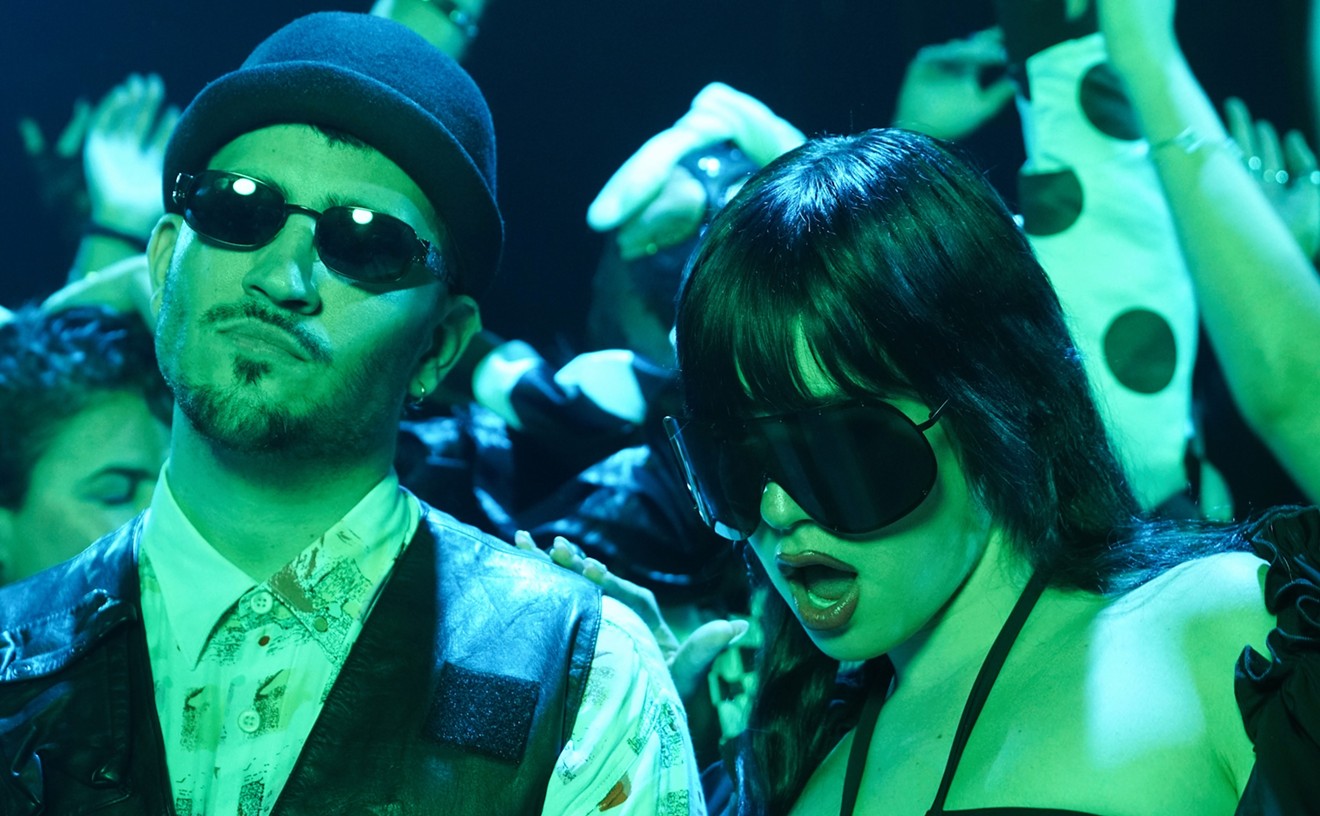Opened in 1963 and closed nearly three decades later, Miami Marine Stadium on Virginia Key gave spectators a seaside view of some of the biggest names of the 20th Century. Elvis Presley, the Rolling Stones, and Richard Nixon all graced the stage, which used to float a few dozen feet out into the water of Biscayne Bay. But since Hurricane Andrew struck in 1992, the bayfront stadium has been closed. Its main use now is a canvas for graffiti artists and an outdoor gym for fitness buffs looking to do some cardio. But now the National Trust for Historic Preservation has begun a crowdfunding campaign via Indiegogo (indiegogo.com/projects/restore-miami-marine-stadium), seeking to raise $100,000 to begin the process of revitalizing the site so it can once again be suitable for concerts.
"This is our first crowdfunding campaign."
tweet this
"In 2009, we named the Miami Marine Stadium one of the country's most endangered historic places," Jason Clement, director of community outreach for the National Trust, says. "In 2012, we named it a national treasure that was a priority to save from neglect. There has been a lot of
Step one on the road to saving the stadium, the City of Miami says, is removing and repurposing the venue's rundown seats. The city is asking for $100,000 to remove the seats. Though the hope is that the people of Miami pitch in with some financial help, the project has a corporate sponsor tagging along. Heineken USA has agreed to match funds up to $20,000 for the first couple weeks of the campaign. "This is part of Heineken's cities campaign," Heineken brand manager Raul Esquer explains. "Last year in New York, we worked with James Murphy of LCD Soundsystem to change the sounds of the turnstiles in New York. In San Francisco, we did
Donors will receive a variety of incentives. Ten dollars gets you a print of some of the building's graffiti; $50 gets you two tickets to a September concert meant to celebrate the campaign's end; and $500 grants you the most unique prize — one of the stadium's actual seats, though that memento will be delivered only to addresses in Miami-Dade, Broward, and Palm Beach Counties. "The City of Miami asked us to limit that perk to people in South Florida," Esquer says. "They thought it was important these collectibles stayed in the area."
If done properly, Miami Marine Stadium could become the iconic music venue this city has been lacking — one that, it's hoped, wouldn't be bulldozed at the height of its popularity, as so often happens here. But as seductive as it seems to have a concert venue in such a beautiful and uniquely Miami location, one where you can view a manatee bobbing in the water or an egret flying overhead, the revamping of Miami Marine Stadium brings obvious environmental questions to mind. Not even a year ago, when setting up for a boat show, 300 feet of mangroves that bordered the stadium were carelessly and illegally razed in preparation.
Clement assures New Times that, at least for this first step, there would be no danger to the natural habitat of Virginia Key. "The seat removal is completely inside the stadium, so it should have no effect. The City of Miami also created the Virginia Key Advisory Board to get the best minds involved, and it includes environmentalists so we can get the best advice on completing this project holistically."
He also says that, although the National Trust for Historic Preservation has been fighting for architecture for decades, this campaign for Miami Marine Stadium is a first for them. "Often when saving a building, we're dependent on government or corporations. This is our first crowdfunding campaign. We see this as a viable way to get people involved and bring civic empowerment."











